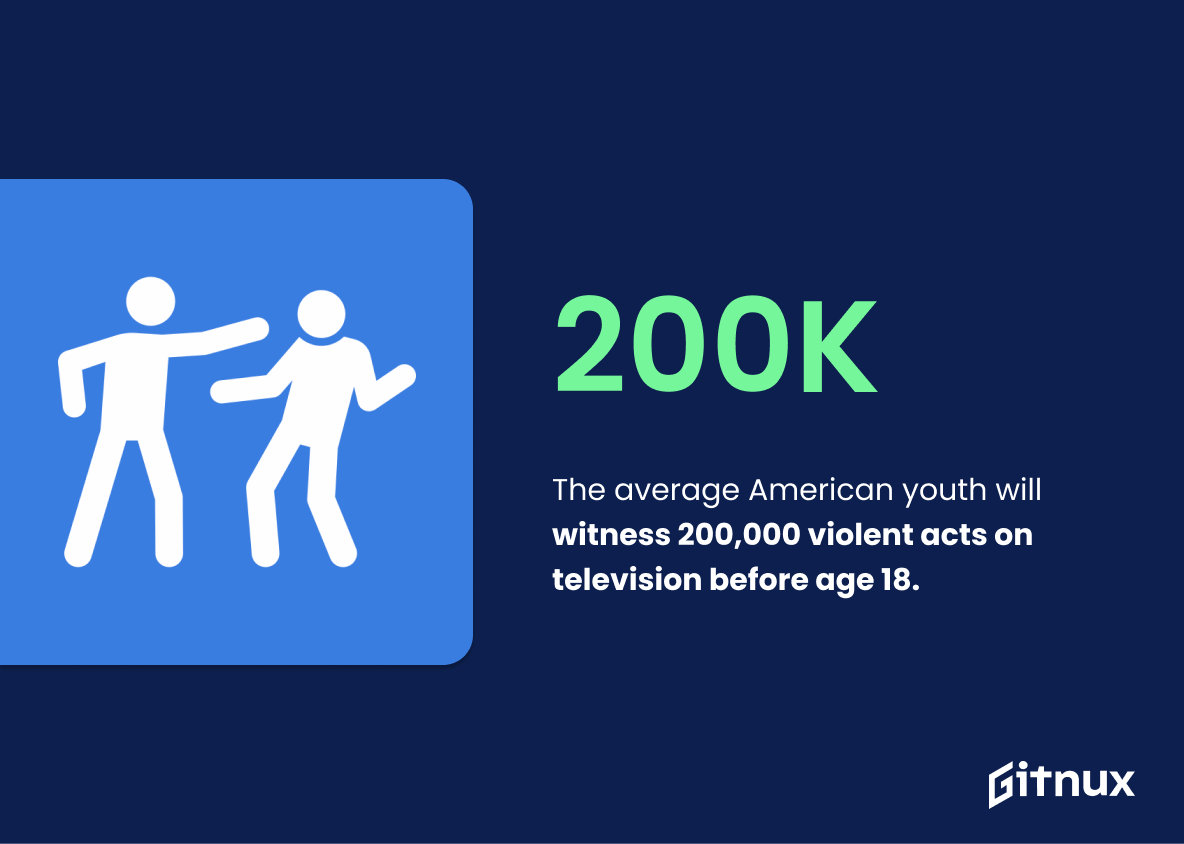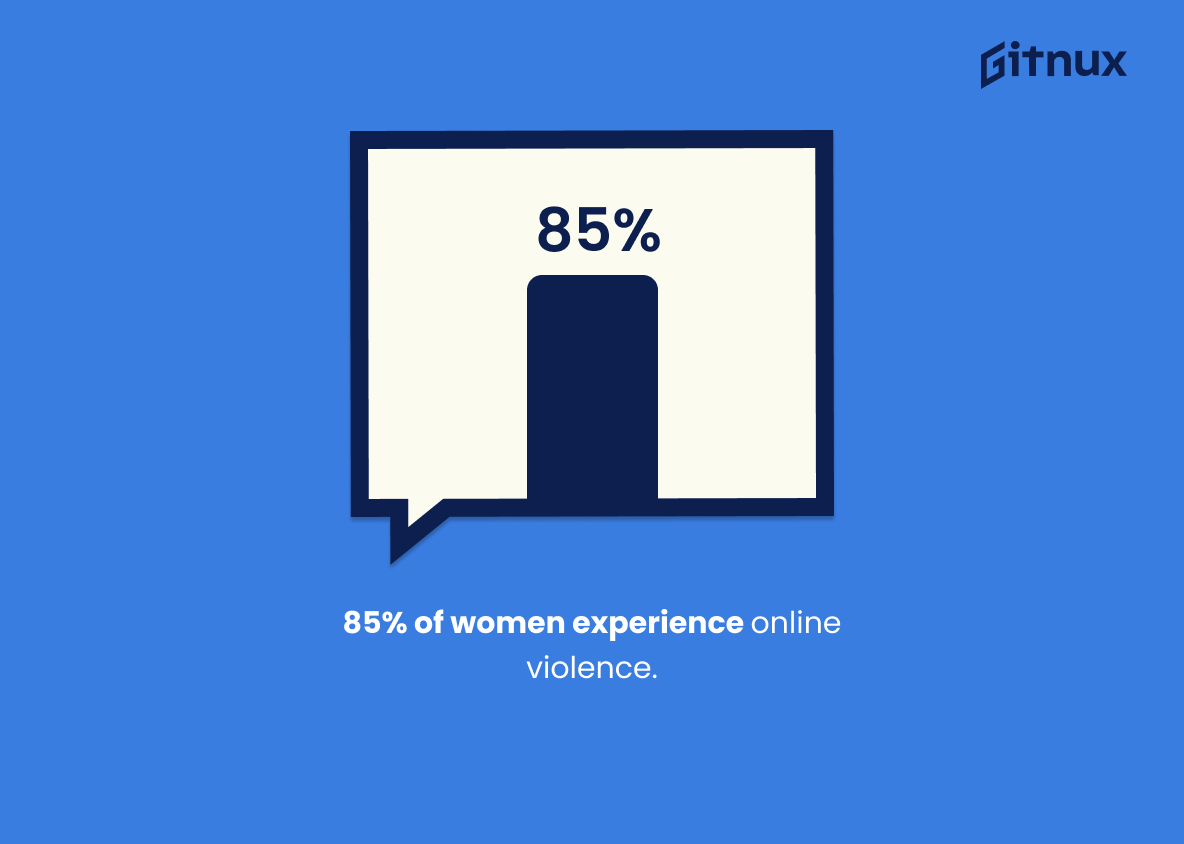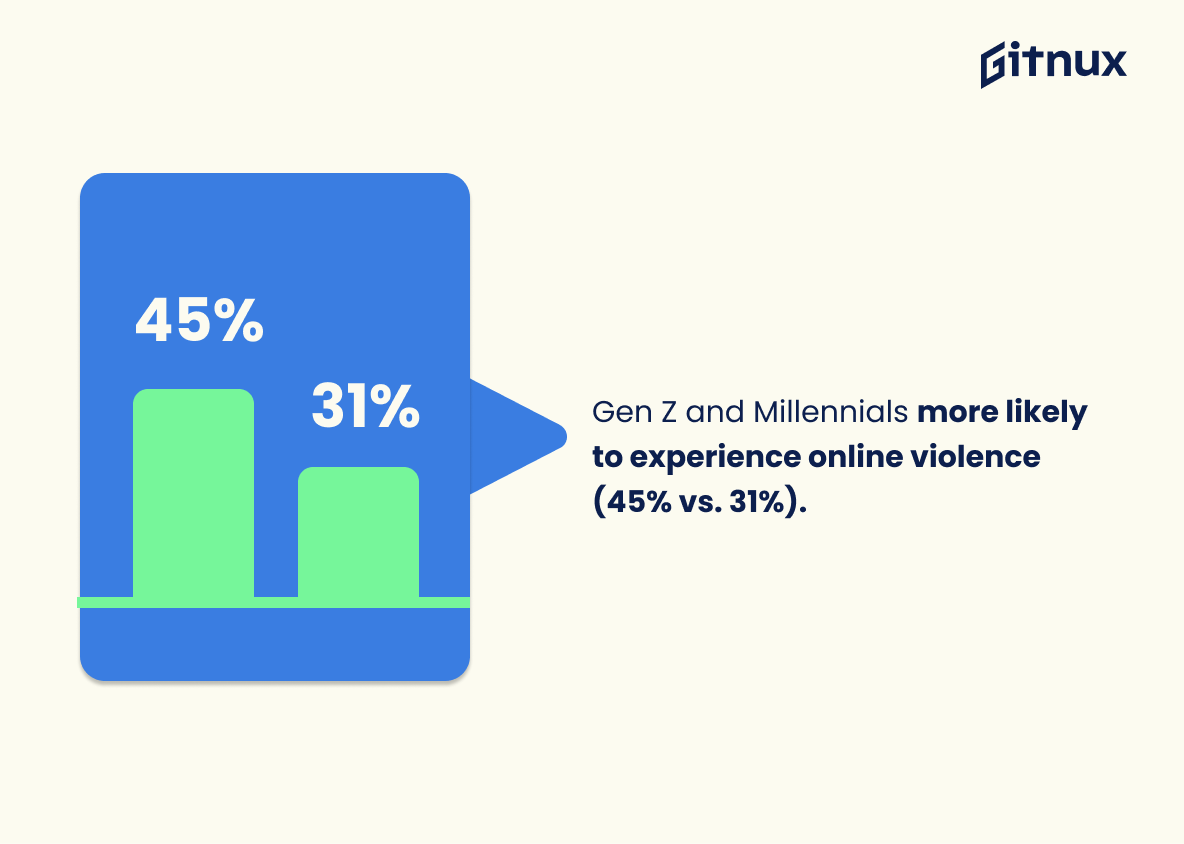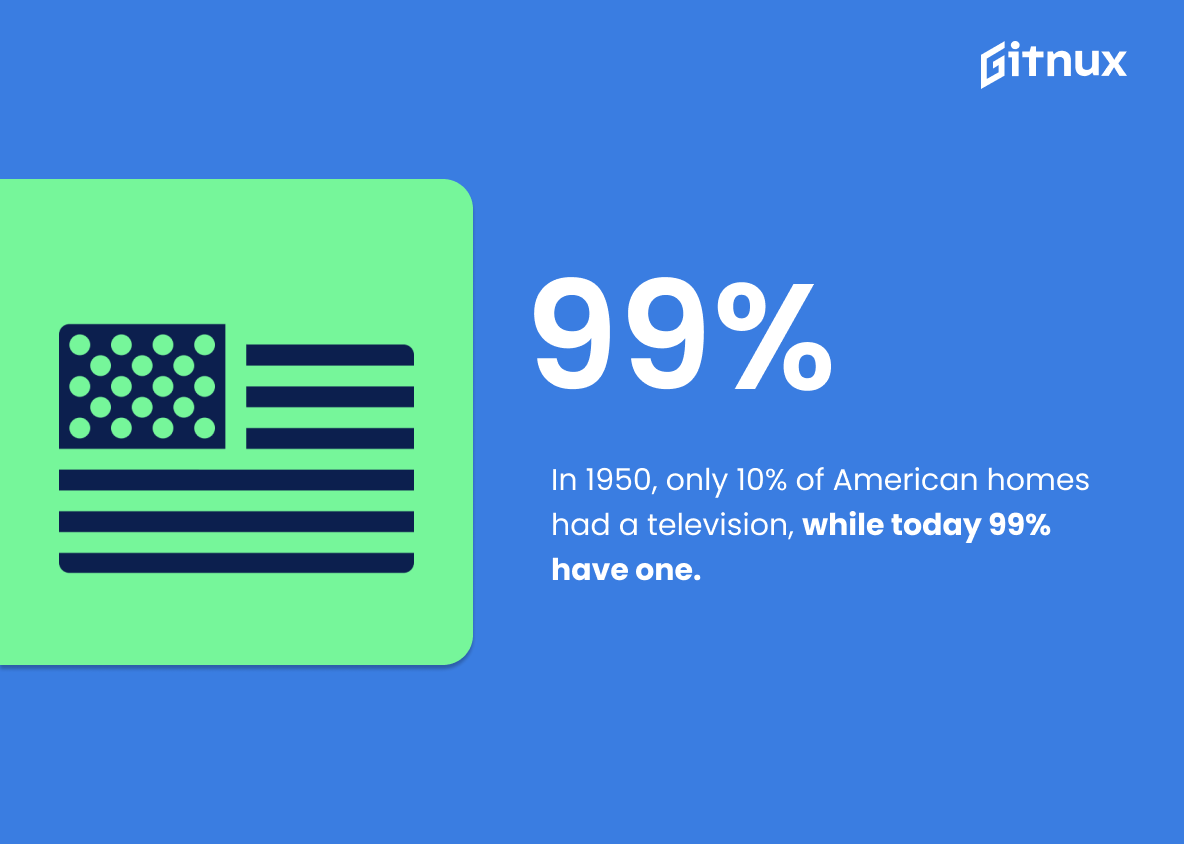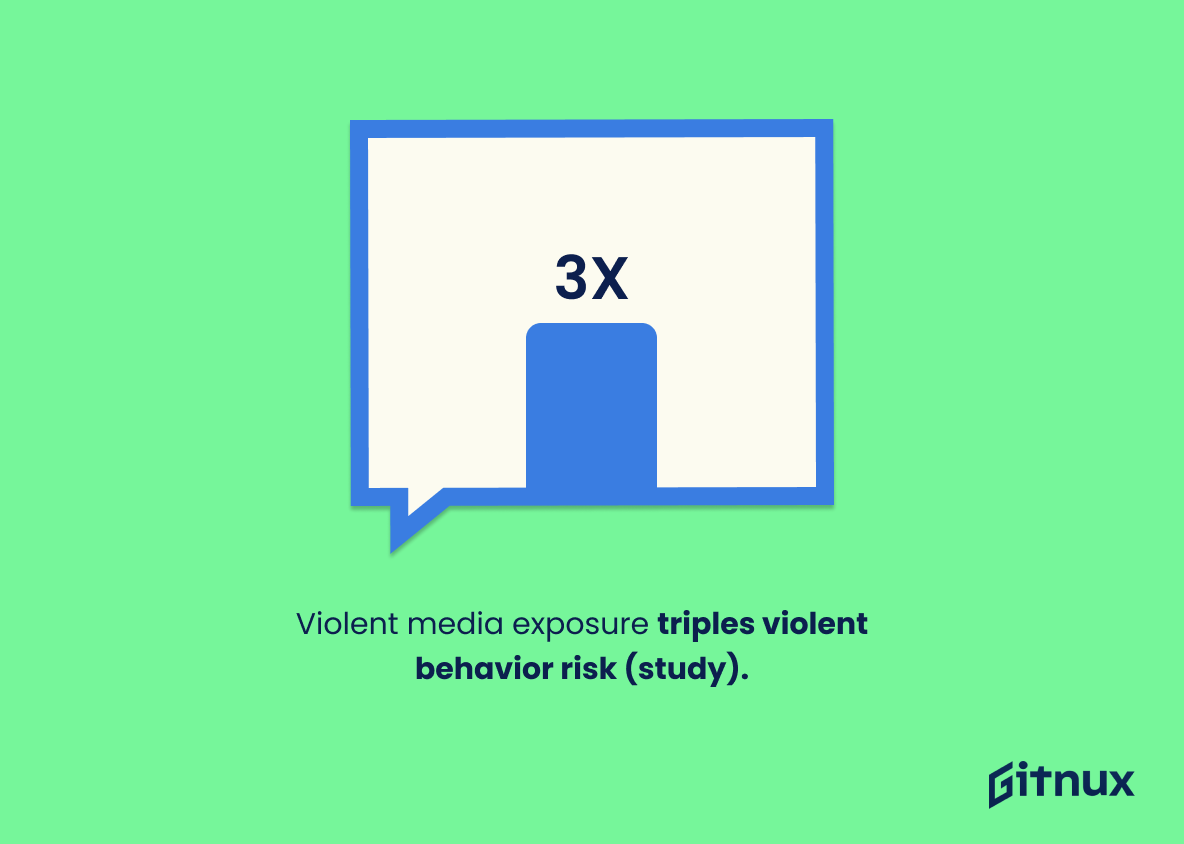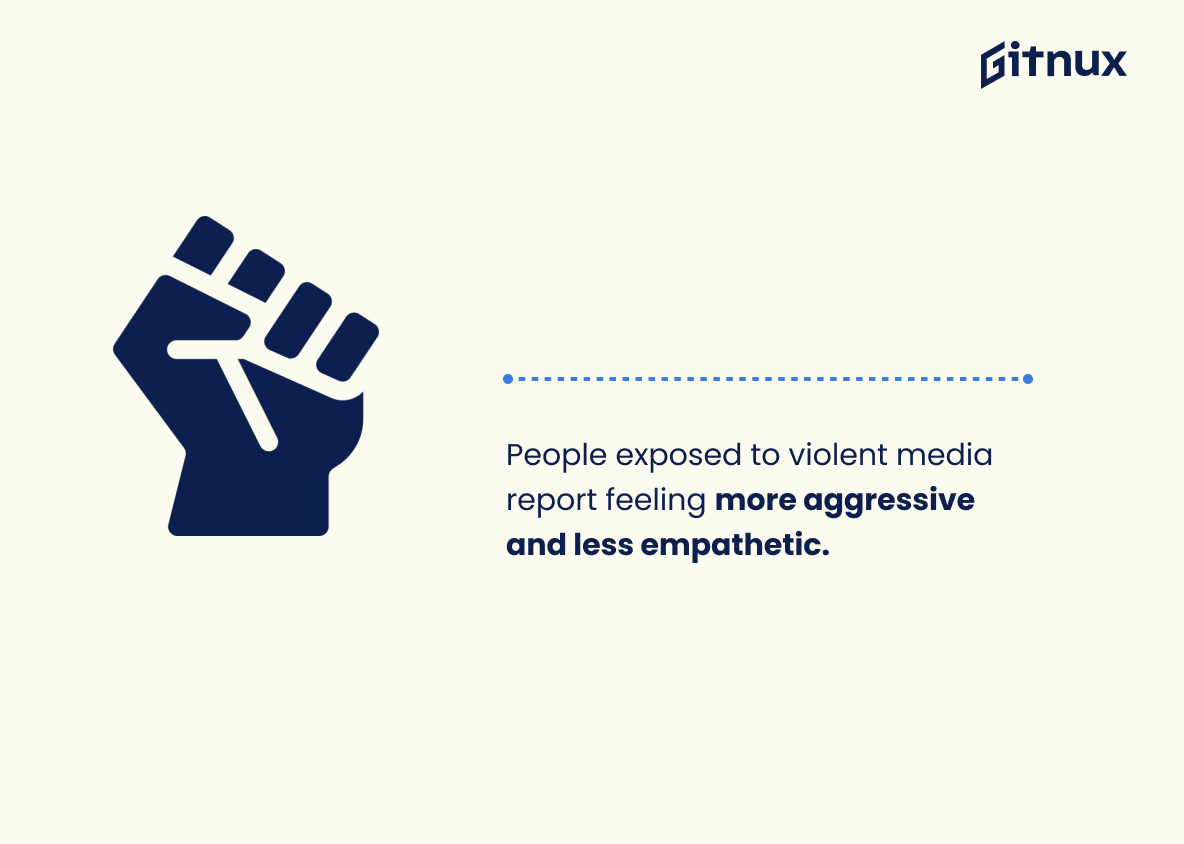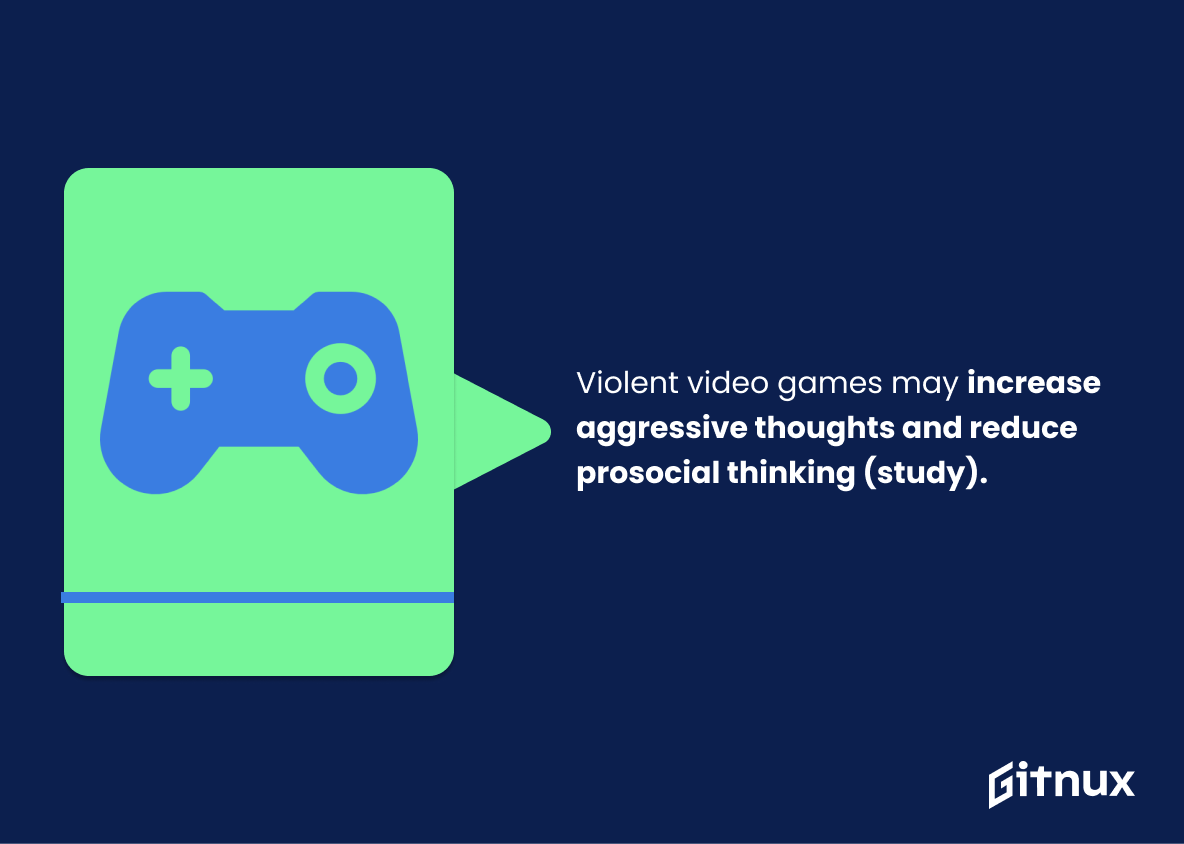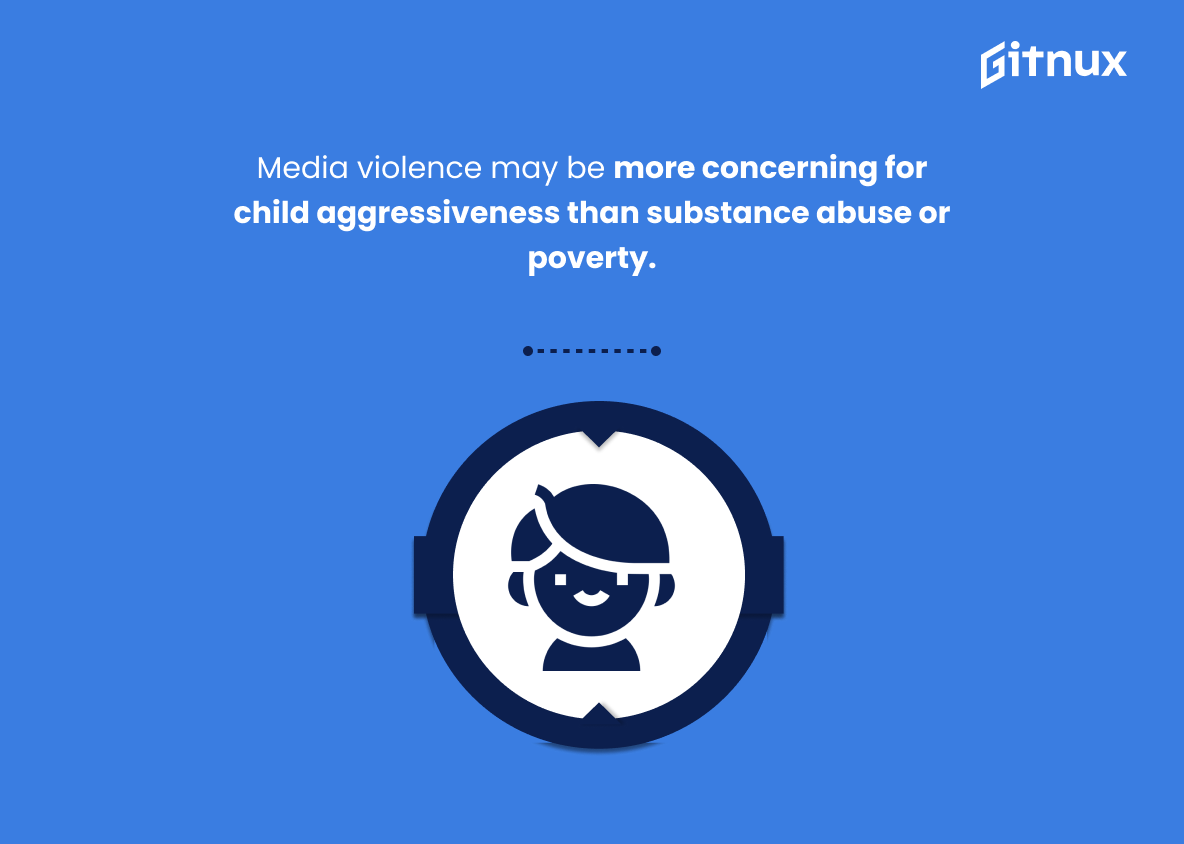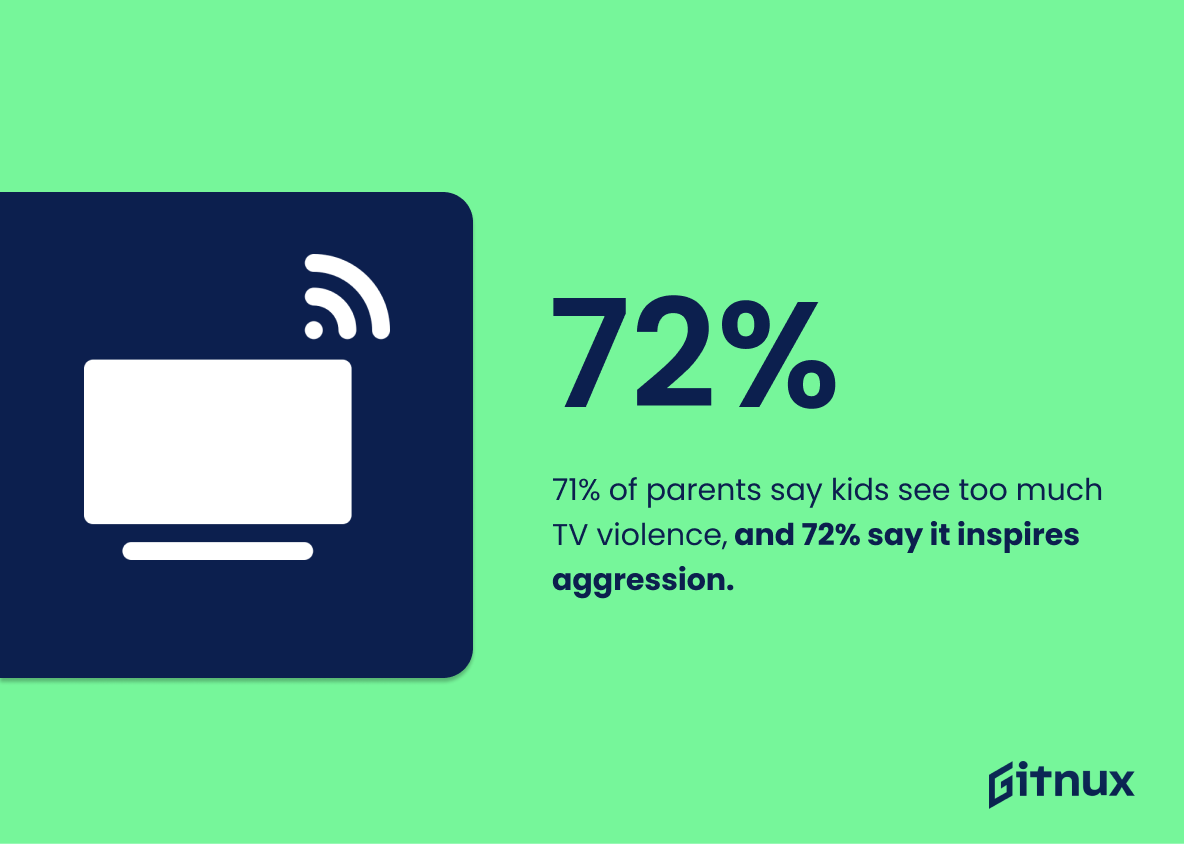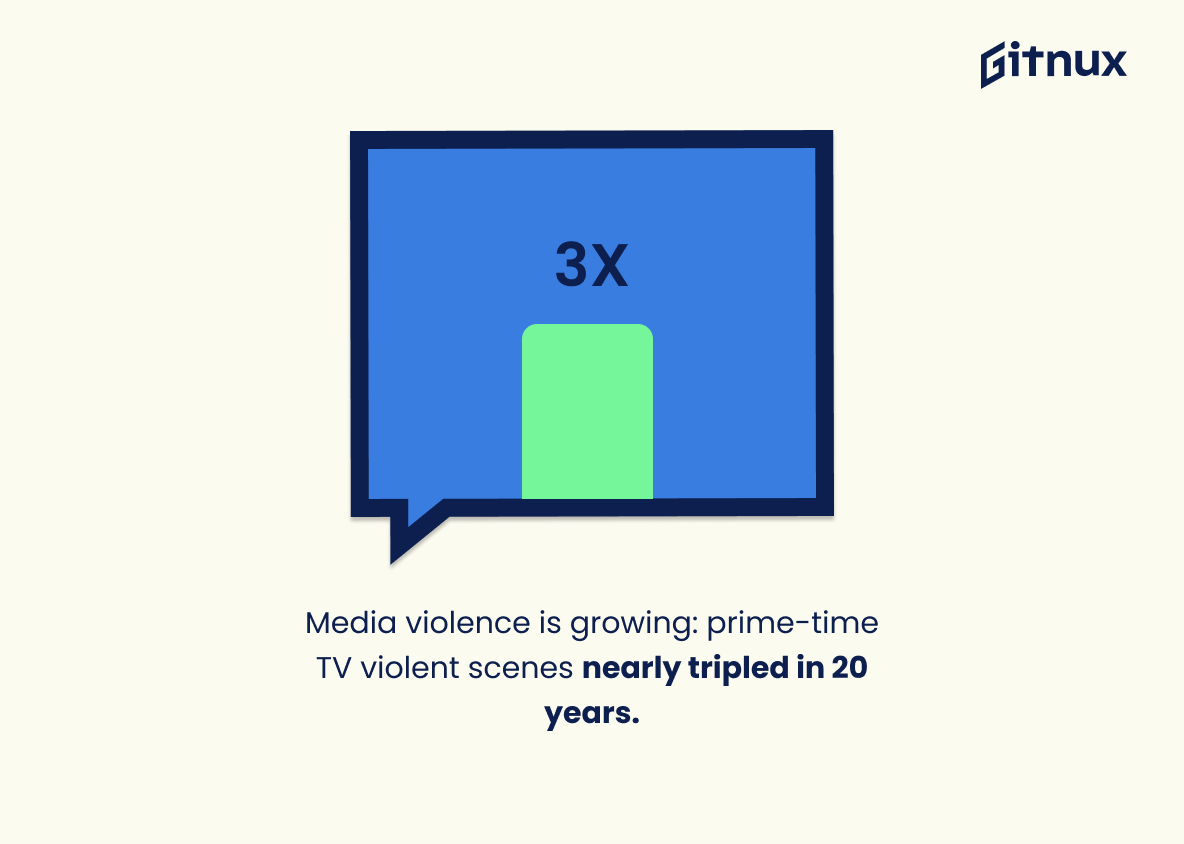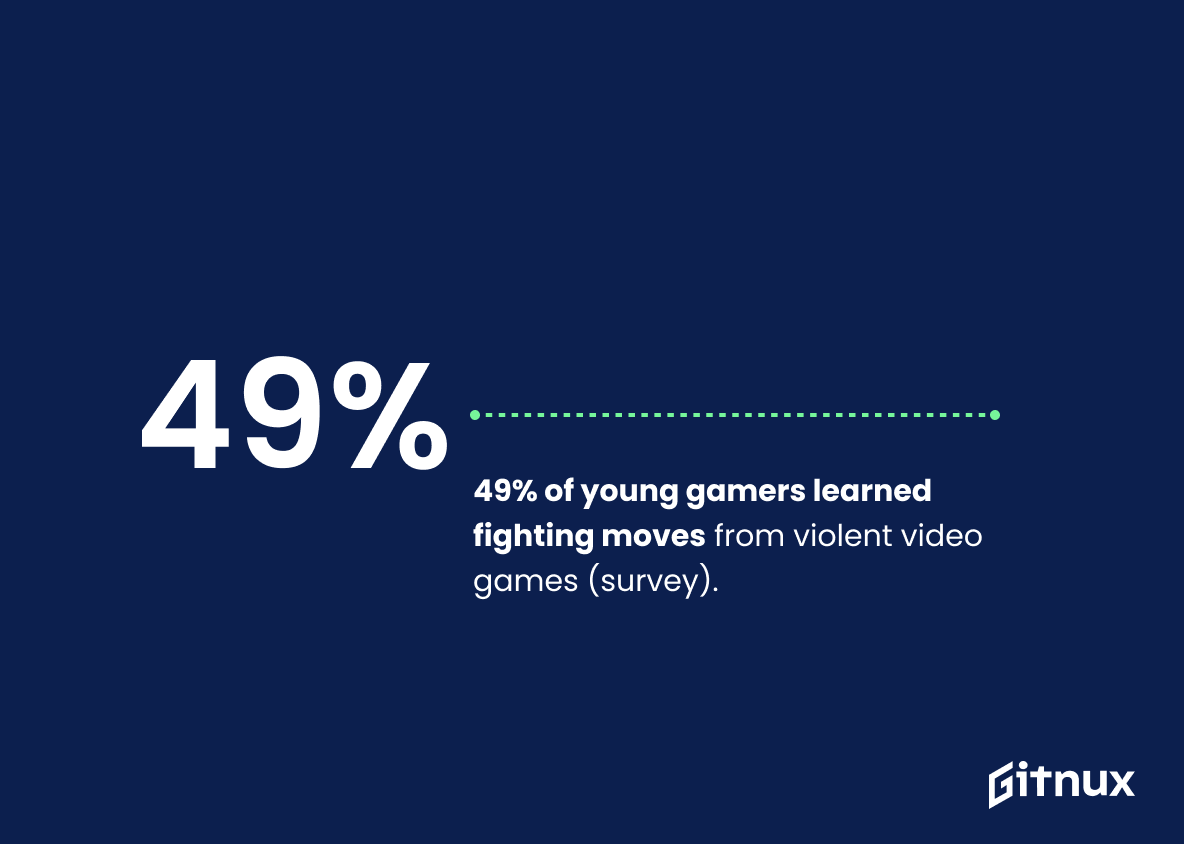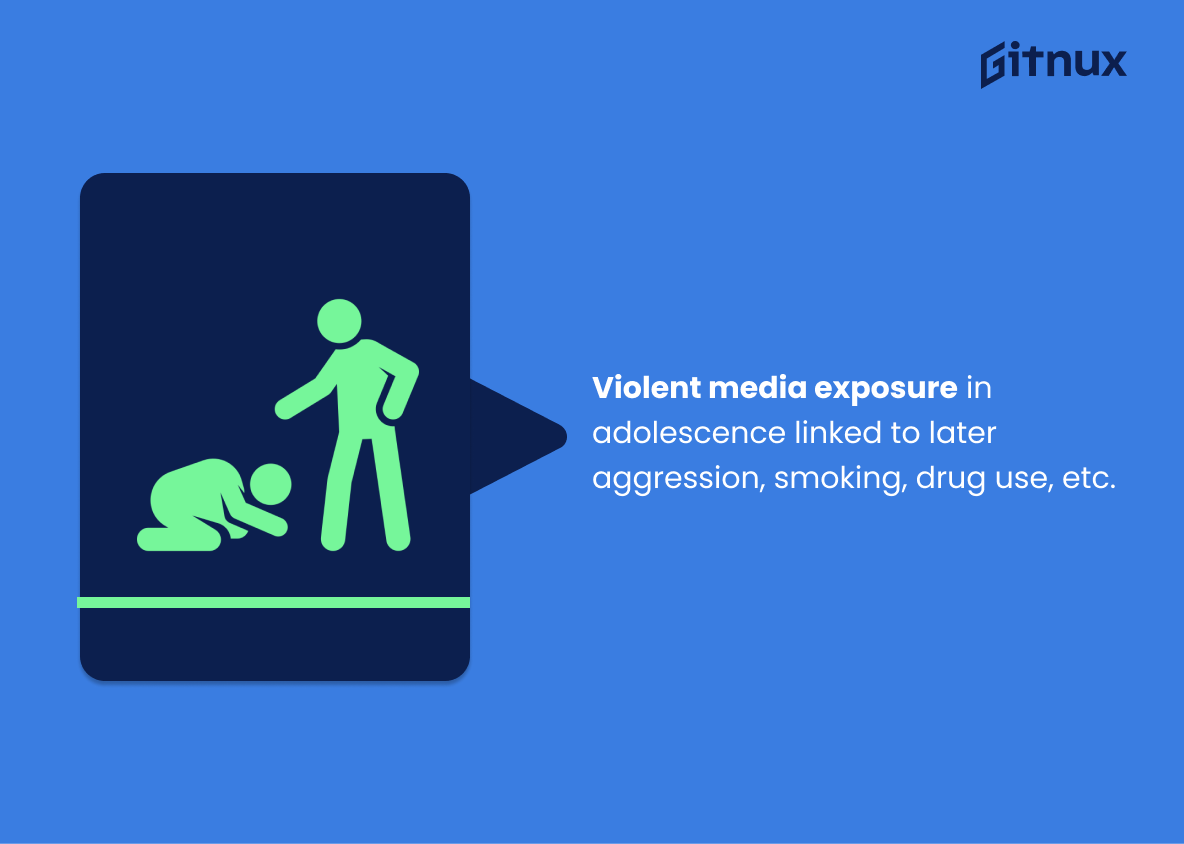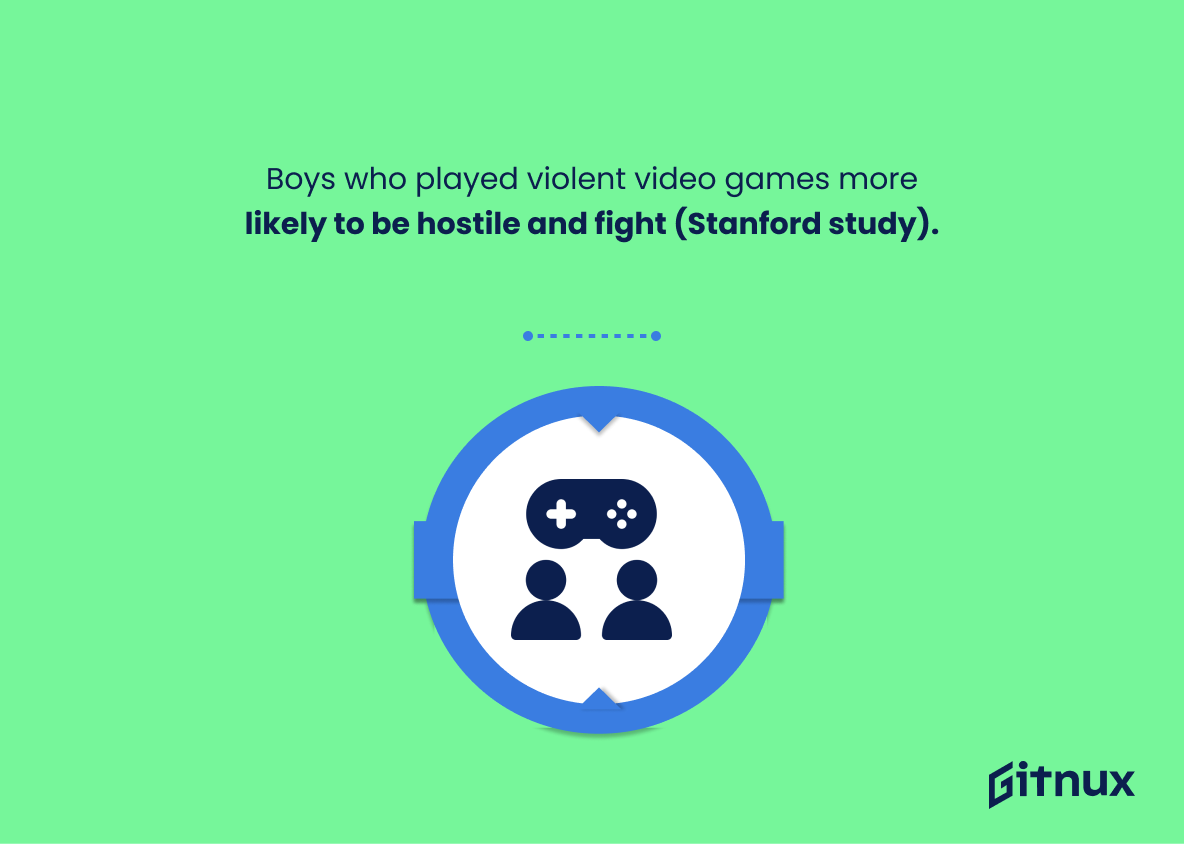Violent media has been a topic of debate for decades, with many people arguing that it has a negative impact on society. But what does the data say? In this blog post, we’ll take a look at the statistics surrounding violent media and its effects on society.
We’ll explore the prevalence of violent media, its impact on behavior, and the potential solutions to reduce its influence. By the end, you’ll have a better understanding of the facts and figures surrounding violent media and its effects.
Violent Media: The Most Important Statistics
76% of North America, 91% of Latin America and Caribbean, 74% of Europe, 98% of Middle East, 88% of Asia Pacific, and 90% of Africa experience online violence against women.
In Asia, military leaders score the highest in media violence (9.6%), while journalists and politicians score the lowest in Europe/Canada (2.6% and 1% respectively).
Violent Media Statistics Overview
85% of women globally experience online violence, which highlights the prevalence of online violence against women, that is a growing issue in today’s digital world.
This statistic emphasizes the need for increased awareness and prevention of online violence against women, as well as the need for further research into the causes and effects of this type of violence.
A study found that exposure to television violence leads to aggression in both women and men.
Thus, both genders are affected by violent media, and exposure to it can lead to aggression. This is important to consider when looking at the effects of violent media on society as a whole.
45% of Generation Z and Millennials have personally experienced online violence, compared to 31% of Generation X and Baby Boomers.
Younger generations are therefore more likely to experience online violence, which could be due to the increased use of technology and social media among these generations. It also highlights the need for more education and awareness about the potential dangers of online violence, particularly among younger generations.
The average American youth will witness 200,000 violent acts on television before age 18.
This demonstrates the sheer amount of violence that a young person is exposed to through television.
76% of North America, 91% of Latin America and Caribbean, 74% of Europe, 98% of Middle East, 88% of Asia Pacific, and 90% of Africa experience online violence against women.
This evidences the prevalence of online violence against women in different regions of the world, which helps to inform policy makers and other stakeholders on how to best address the issue.
In Asia, military leaders score the highest in media violence (9.6%), while journalists and politicians score the lowest in Europe/Canada (2.6% and 1% respectively).
It shows that media violence is more prevalent in certain regions than others, which can inform media regulation policies and help to reduce the amount of violence in media.
The COVID-19 pandemic has led to a significant increase in internet usage and is associated with new threat tactics, such as Zoombombing, which further increases women’s vulnerability to online abuse.
Therefore, we can see an increased risk of online abuse that women face due to the pandemic. This is an important issue to consider when discussing the impact of violent media on women, as it highlights the need for better online safety measures to protect them from potential harm.
Most social media posts regarding 6 real cases that occurred in China during the COVID-19 pandemic expressed a negative sentiment, with proportions ranging from 62.54% to 85.66%.
People are more likely to express negative sentiment when discussing real-life events, which can be used to inform how people react to violent media.
92% of women reported that online violence harms their sense of wellbeing.
25% of study participants who viewed the most media violence in childhood were the most likely to be much more aggressive in adulthood. Thus, there is a correlation between media violence and aggressive behavior in adulthood, indicating that violent media can have a lasting impact on people’s behavior.
In 1950, only 10% of American homes had a television, while today 99% have one.
In 1950, only a small fraction of American homes had access to television, yet today, almost every home has one. This drastic shift in media access has had a profound impact on our society, and it is important to consider the implications of this when discussing violent media statistics.
By age 18, an average child has witnessed 200,000 acts of violence, including 16,000 murders, on television alone.
This statistic is a stark reminder of the sheer amount of violence that children are exposed to through television. It paints a vivid picture of the potential impact that violent media can have on young minds, and serves as a warning to parents and guardians to be mindful of what their children are watching.
A 2018 study found that individuals who were exposed to violent media content were 3.8 times more likely to engage in violent behavior.
This highlights the need for greater awareness of the potential consequences of consuming violent media, and the importance of taking steps to reduce exposure to such content. By understanding the risks associated with violent media, individuals can make more informed decisions about what they consume and how it may affect their behavior.
An analysis of 217 media violence studies revealed that violent media exposure was positively correlated with aggressive behavior and negatively correlated with prosocial behavior.
Exposure to violent media can lead to increased aggressive behavior and decreased prosocial behavior. This is an important piece of information to consider when discussing the effects of violent media on individuals and society as a whole.
People exposed to violent media report feeling more aggressive and less empathetic.
Exposure to violent media can have a negative impact on people’s emotions and behavior, leading to increased aggression and decreased empathy. This is an important point to consider when discussing the effects of violent media, as it can help to inform decisions about what types of media are appropriate for different age groups.
A 2010 study found that the exposure to violent video games could increase aggressive thoughts and reduce prosocial thinking.
This highlights the need for parents and guardians to be aware of the content their children are exposed to, and to take steps to ensure that they are not exposed to media that could have a negative impact on their mental health. This statistic is an important part of the conversation about the effects of violent media, and it should be taken into consideration when discussing the potential risks of violent media.
The violence in media has been found to be more concerning for aggressiveness in children than other factors such as substance abuse or poverty.
This statistic is significant in the context of Violent Media Statistics because it highlights the potential impact of media violence on children’s behavior. It suggests that media violence may be a more influential factor in the development of aggressive behavior in children than other factors such as substance abuse or poverty. This is an important point to consider when discussing the effects of violent media on children, as it suggests that media violence may be a more pressing issue than other factors.
According to the National Institute on Media and the Family, by the time children reach high school, they have spent two times more hours watching television than in the classroom.
This highlights the need for parents to be aware of the content their children are consuming and to take steps to ensure that it is age-appropriate and not overly violent. It also serves as a reminder of the importance of providing children with educational and enriching activities that can help them develop into well-rounded individuals.
71% of parents believe that children see too much violence on television, and 72% think that violent TV shows inspire some children to be aggressive.
The majority of parents are concerned about the amount of violence their children are exposed to on television, and that they believe it can have a negative influence on their behavior. This is an important point to consider when discussing the effects of violent media, and it should be taken into account when discussing the potential risks associated with it.
The portrayal of violence in media is growing: the number of violent scenes in prime-time television has nearly tripled in the past 20 years.
This highlights the urgency of the situation, and emphasizes the importance of understanding the impact of violent media on society. By providing this statistic, the blog post can help to raise awareness of the issue and encourage readers to take action.
In a study by the Stanford University School of Medicine, boys who consistently played violent video games were more likely to become hostile, argue with teachers, and engage in fights over a two-year period.
This highlights the fact that these games can have a lasting impact on the behavior of young boys, leading to increased hostility, arguments with teachers, and physical fights. This is an important point to consider when discussing the effects of violent media on children and young adults.
In a survey of young gamers, 49% said that they learned new moves and strategies on how to fight from playing violent video games.
These games can be used as a tool to teach new moves and strategies, which can be beneficial in certain contexts. This statistic is important to consider when discussing the effects of violent media on young people, as it demonstrates that there can be positive outcomes from playing these games.
Researchers found a significant relationship between exposure to violent media during adolescence and later aggressive behaviors, smoking, alcohol and drug use, and risky sexual behaviors.
This highlights the need for parents and guardians to be aware of the content their children are consuming, as it could have a lasting impact on their behavior and lifestyle choices. It also serves as a warning to those who create and distribute violent media, as it shows the potential harm it can cause.
Conclusion
In conclusion, violent media statistics are an important tool in understanding the impact of media on society. It is important to note that media violence is not the only factor in violent behavior, but it is an essential one.
It is also critical to note that media violence can be a contributing factor to aggressive behavior in some individuals. Therefore, it is indispensable to be aware of the potential impact of media violence on our society, and to take steps to reduce its prevalence.
References
1 – https://onlineviolencewomen.eiu.com/
2 – https://www.tandfonline.com/doi/abs/10.1080/01463370600650951
3 – https://www.aafp.org/about/policies/all/violence-media-entertainment.html
4 – https://unesdoc.unesco.org/ark:/48223/pf0000262576
5 – https://www.nature.com/articles/s41599-022-01450-8
6 – https://www.verywellmind.com/what-is-the-impact-of-violent-media-on-mental-health-5270512#citation-2
7 – https://www.dove.org
8 – https://archive.nytimes.com
9 – https://www.ncbi.nlm.nih.gov
10 – https://www.kff.org
11 – https://www.ingentaconnect.com
12 – https://www.tandfonline.com
13 – https://www.apa.org
14 – https://med.stanford.edu
15 – https://www.jahonline.org
16 – https://web.archive.org
